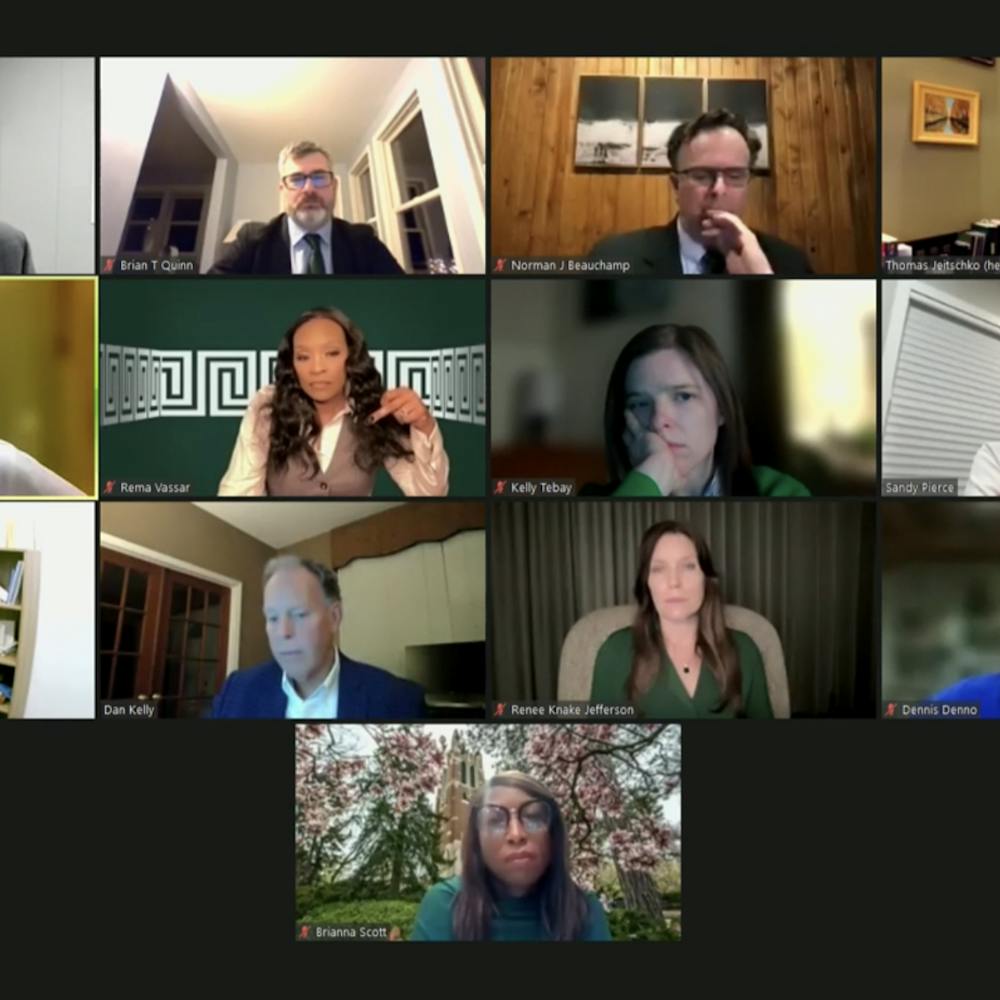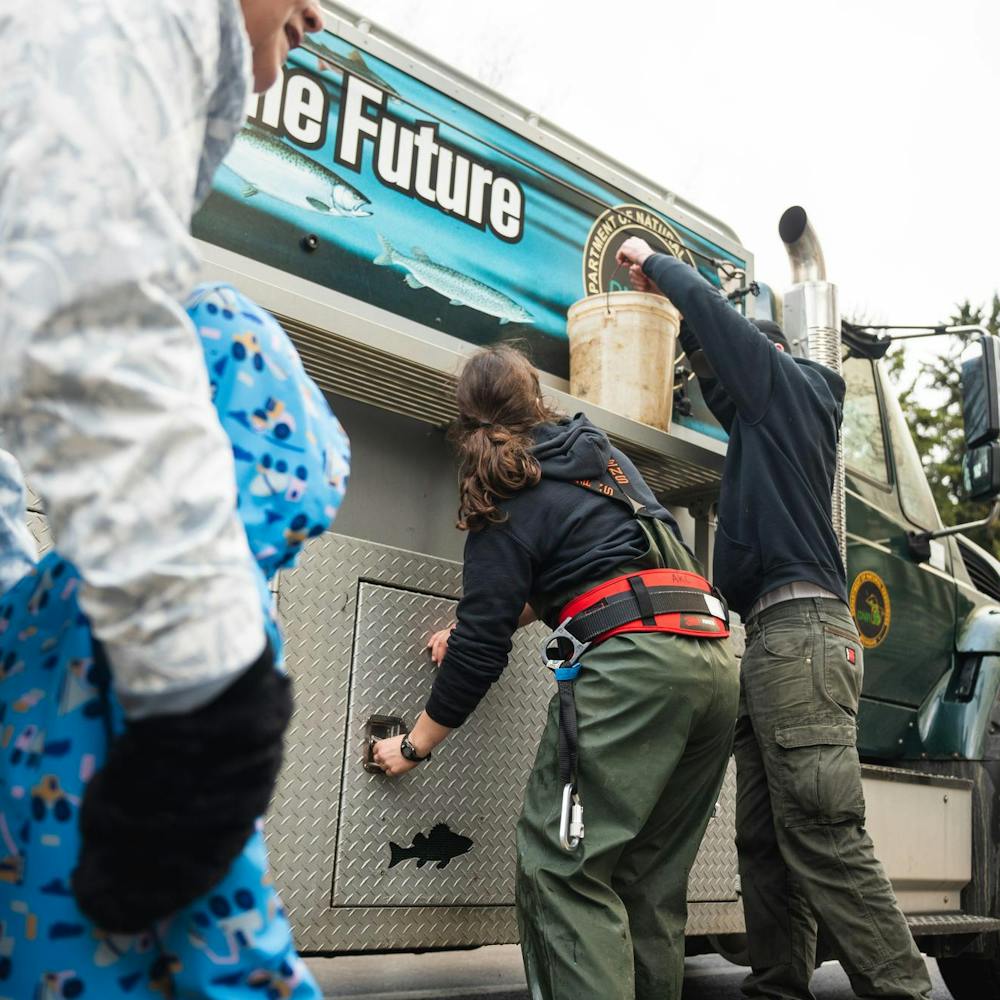Xiaobo Tan, an associate professor of electrical and computer engineering, created a robotic fish, or robofish, named Grace that can glide long distances and collect data for research.
Tan recently named the fish Grace, an acronym that stands for “Gliding Robot ACE.” Grace has swam through bodies of water and is able to detect pollutants such as concentrations of crude oil.
The State News talked to Tan to learn more about the robofish.
—Alex McClung, The State News
The State News: Why did you decide to build this fish?
Xiaobo Tan: We were looking at developing artificial muscles and were exploring the possible applications of those materials, including an artificial muscle tail. There was an interest from people indicating that robots like this could be used for many applications.
SN: What information can this fish collect while swimming?
XT: The most recent prototype has a crude oil sensor. The fish can only hold one water quality sensor at a time. It can easily swap for a sensor that can pick up the concentration of algae. This one also carries a temperature sensor, so it can measure temperature and water quality at the same time. It also has navigation sensors to tell us where the fish is.
SN: How many different prototypes of this fish have you built? How is the newest version different from past versions?
XT: We should call this prototype generation three. The first generation fish was more like a surface swimming fish that did not really get underwater. The second prototype was a gliding fish that didn’t have tail functions. (Grace) has tail functions and gliding functions so that it can go under water in an energy-efficient manner.
SN: Any plans for developing a robobird that can fly through the sky to gather similar information about air pollution?
Maybe. There’s a lot of different robots already. There’s still a lot of things to do with this one. Another thing to continue developing would be to form a network of such robots underwater so that they can collectively monitor their environment. That has a lot of potential.
Support student media!
Please consider donating to The State News and help fund the future of journalism.
Discussion
Share and discuss “Face time: Xiaobo Tan” on social media.







